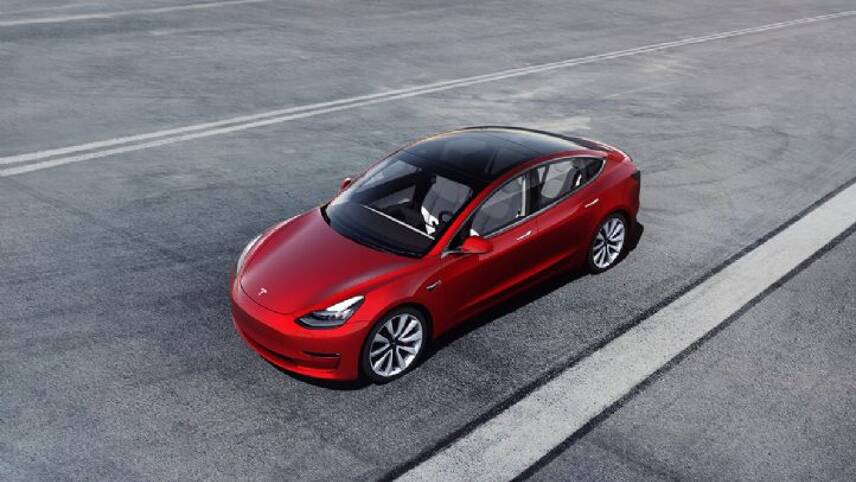Register for free and continue reading
Join our growing army of changemakers and get unlimited access to our premium content

Tesla's cheapest car
The California-based firm confirmed on Wednesday (2 January) that it was taking steps to “partially absorb” the increased cost of EVs to customers, after the Trump Administration moved to halve the grant available under the US-wide EV tax credits scheme.
Last year, consumers were able to apply for up to $7,500 (£5,970) under the scheme, but as of 1 January this year, this figure was cut to $3,250 (£2,985).
Tesla’s $2,000 discount, which will apply across its entire EV portfolio, has brought the cost of its cheapest vehicle – its five-seater Model 3 saloon car – to $44,000 (£35,000). The model, which was launched last October, has a range of 220 miles per charge and a charge time of 30 minutes when a rapid charger is used.
Tesla’s Model S, meanwhile, will now cost $76,000 (£60,500), while its cheapest Model X now starts at $82,000 (£65,000).
“Customers can apply to receive the $3,750 federal tax credit for new deliveries starting on 1 January 2019, and may also be eligible for several state and local electric vehicle and utility incentives, which range up to $4,000,” Tesla founder Elon Musk said in a statement.
“Combined with the reduced costs of maintenance and of charging a Tesla versus paying for gas at the pump – which can result in up to $100 per month or more in savings – this means our vehicles are even more affordable than similarly-priced gasoline vehicles.”
EV boons and barriers
The announcement from Tesla came as the company unveiled its annual production figures for 2018, which reveal that it produced 245,240 vehicles last year, 145,846 of which were Model 3 and 99,394 of which were Model S and X.
Overall, the company started 2018 with a delivery run rate of about 120,000 vehicles per year and ended it at more than 350,000 vehicles per year. This means that Tesla produced around the same number of vehicles in 2018 as it did in the 14-year period between 2003 and 2017.
Nonetheless, Tesla produced and delivered fewer electric vehicles than expected during the fourth quarter of 2018. Between October and December, the firm delivered 90,700 vehicles – an 8% increase on the third quarter of the year – and produced just 86,555 vehicles.
In the wake of the publication of these figures, Tesla share prices fell by 8% overnight on the NASDAQ index.
“There remain significant opportunities to continue to grow Model 3 sales by expanding to international markets, introducing lower-priced variants and offering leasing,” the company said in a statement.
“International deliveries in Europe and China will start in February 2019. Expansion of the Model 3 sales to other markets, including with a right-hand drive variant, will occur later in 2019.”
Sarah George


Please login or Register to leave a comment.